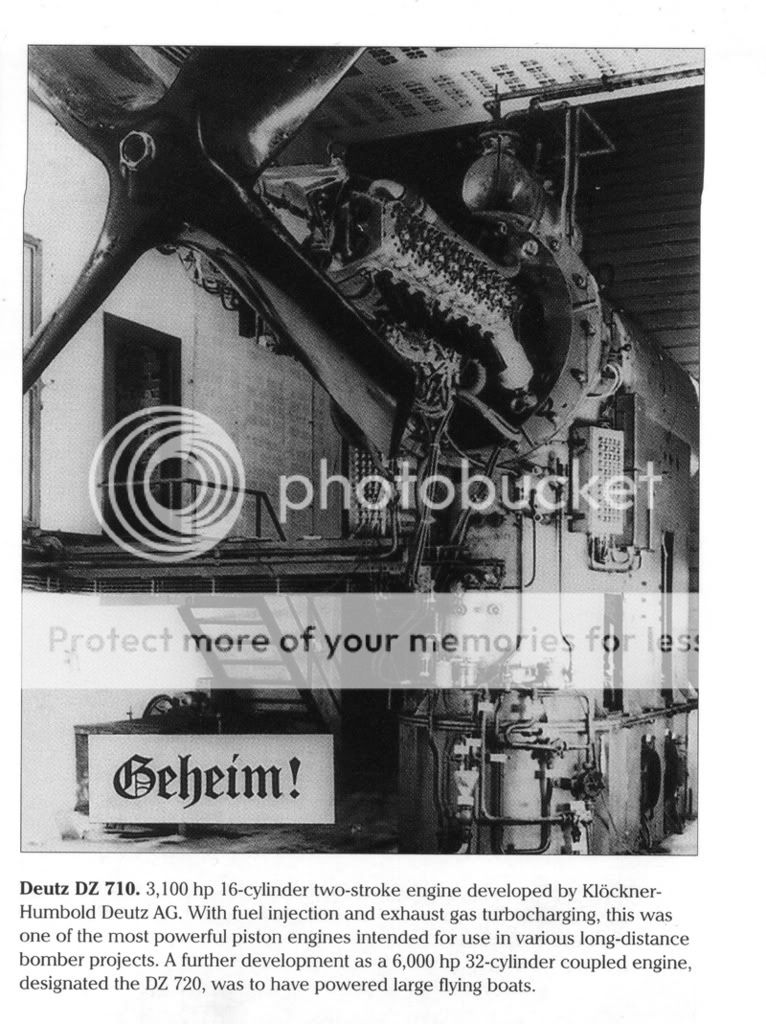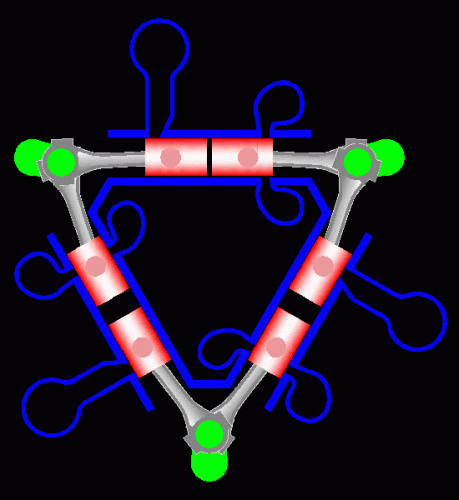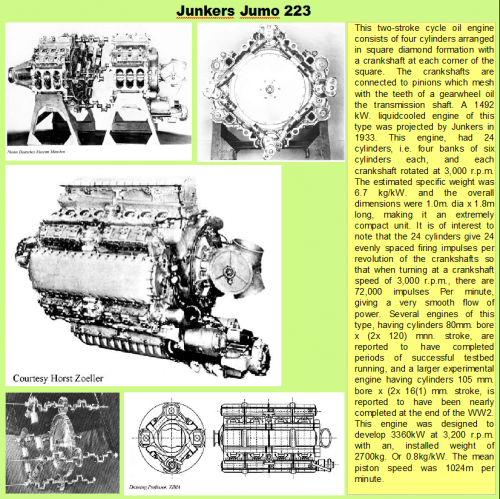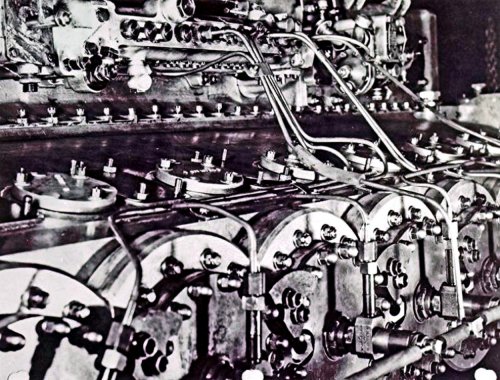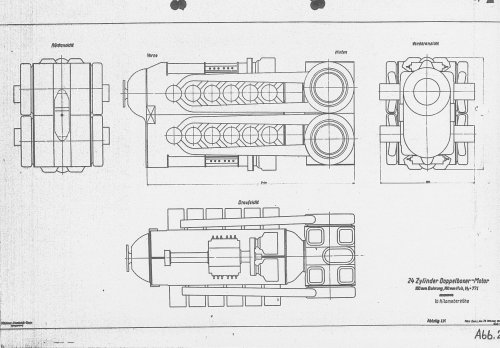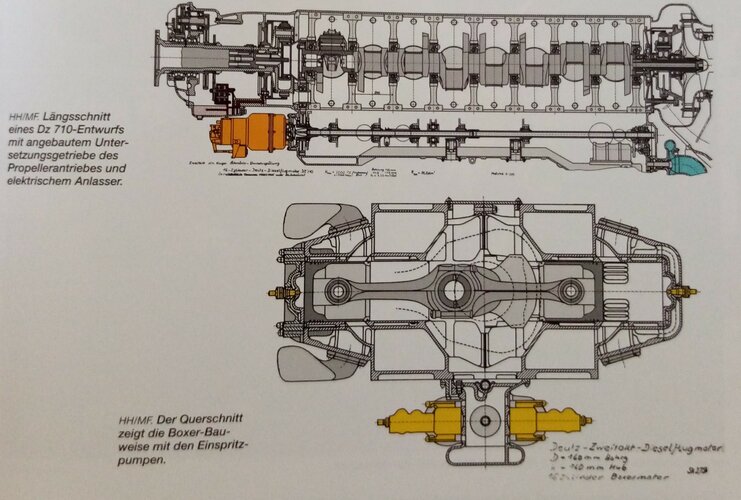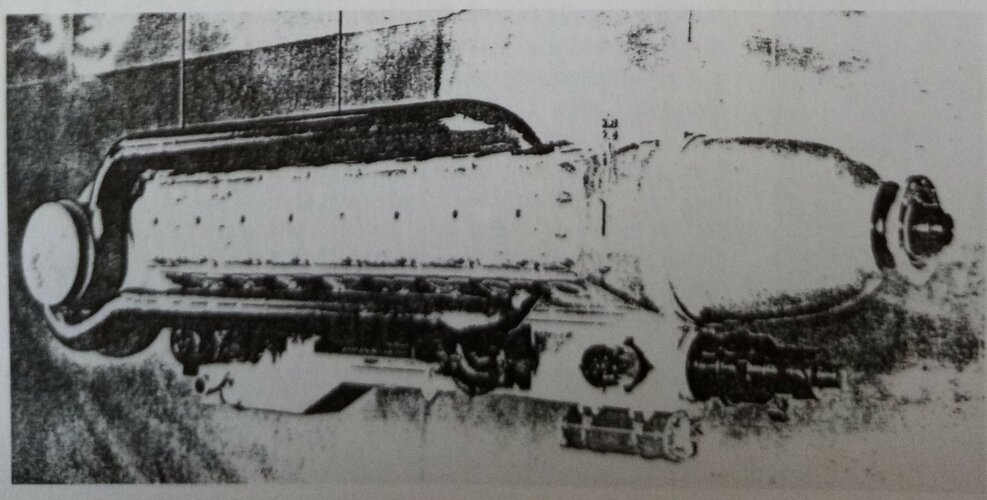hi chaps,
I wonder if there are photos/drawings of the Klockner-Humboldt-Deutz Dz710/720 engines? The first one was a 2360 hp 16 cylinder flat diesel ( also tried with petrol ). The Dz720 was a paired Dz710, one above the other.
Bye.
I wonder if there are photos/drawings of the Klockner-Humboldt-Deutz Dz710/720 engines? The first one was a 2360 hp 16 cylinder flat diesel ( also tried with petrol ). The Dz720 was a paired Dz710, one above the other.
Bye.

